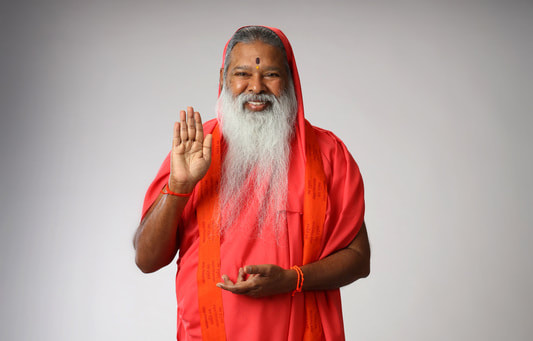The Jambulingeshwara Temple, also known as the Jambulinga Temple, is a remarkable example of ancient temple architecture and artistry, dating back to the 7th-8th century CE. Nestled in the cultural heart of Karnataka, this heritage site is an exceptional blend of intricate carvings, divine iconography, and architectural experimentation, reflecting the grandeur of the Nagara style during the early medieval period.
Architectural Grandeur and Iconographic Details
The Jambulingeshwara Temple is primarily dedicated to Lord Shiva and is built in the traditional Nagara style, specifically the Rekhanagara variant. The temple’s main structure is centred around a square garbha griha (sanctum sanctorum), which houses the Shiva linga. The sanctum is surrounded by ornate outer walls that are adorned with devakoshtha niches—decorated frames with mythical and divine figures, a hallmark of early Indian temple design. These niches feature a variety of deities:
- Vishnu is depicted on the northern wall of the temple, highlighting the divine protector of the universe.
- Surya, the Sun god, is carved on the western side, symbolising the source of light and energy.
- Lakulisha, a revered figure in Shaivism, is portrayed on the southern side, signifying the connection to Shaiva traditions.
One of the unique features of the Jambulingeshwara Temple is its sukanasa—an architectural projection from the shikhara (spire) that extends over the mandapa (hall). This innovation was an early experimentation in temple design, where the shikhara is designed to project outward, adding a dynamic element to the temple’s silhouette. The temple also faces east, allowing it to greet the sunrise, which adds to its spiritual significance.
The frontal arch of the temple, under the sukanasa, showcases a beautifully preserved Nataraja (dancing Shiva) with Parvati by his side, while Nandi, the sacred bull, is positioned nearby. This image, set within the sukanasa, is one of the best-preserved sculptures in the temple, offering a glimpse into the divine cosmic dance of Shiva and the celestial harmony represented by the deities.
Damaged but Majestic Features
Despite the ravages of time, the Jambulingeshwara Temple retains much of its architectural and artistic charm. The Nandi statue, once placed on a raised platform, shows significant signs of erosion, and much of the surrounding platform has fallen into ruin. The temple’s amalaka (the stone disc above the shikhara) and kalasha (the decorative finial) are damaged or missing, reflecting the wear and tear of centuries of weathering and neglect.
The mandapa entrance is adorned with three shakhas (pillars), each topped with purnakumbhas (sacred water pots). Beneath the capitals of these shakhas, faint carvings of swans, kutas, and salas (architectural projections) can still be seen. These swan motifs, which were once finely detailed, form part of a frieze that runs along the passageway, adding a touch of elegance to the temple’s entrance.
A Glimpse into the Temple’s Legacy
The Jambulingeshwara Temple is a fine example of the architectural and artistic developments of the Chalukya dynasty, particularly during a period of experimentation and refinement in temple construction. The temple’s structural form, which combines the northern Rekhanagara style with unique projections like the sukanasa, sets it apart from other temples of the same period. The frontal sukanasa with its depiction of Shiva and Parvati, along with the damaged but still visible iconography, serves as a historical testament to the temple’s original grandeur.
Tour Guide to Jambulingeshwara Temple
How to Reach Jambulingeshwara Temple:
- By Road: The Jambulingeshwara Temple is located in the vicinity of Bagalkot, about 50 km away. The temple can be easily reached by road from Bagalkot or Hubli, both of which are well-connected by bus and taxi services.
- By Rail: The nearest railway station is Bagalkot, from where one can take a taxi or local transport to the temple.
- By Air: The closest airport is Hubli, around 150 km away. Hubli is well-connected by flights to major cities in India, and from there, taxis or buses can be hired to reach the temple.
Best Time to Visit:
- The ideal time to visit Jambulingeshwara Temple is during the winter months (October to March), when the weather is cooler and more comfortable for temple visits.
Nearby Attractions:
- Badami: Known for its ancient rock-cut temples, Badami is just a short drive from Jambulingeshwara Temple and offers a fascinating exploration of early Chalukya architecture.
- Aihole: Famous as the birthplace of Indian temple architecture, Aihole is home to several historic temples, including the famous Durga Temple.
- Pattadakal: A UNESCO World Heritage Site, Pattadakal is home to a collection of temples that reflect the fusion of north and south Indian architectural styles.












